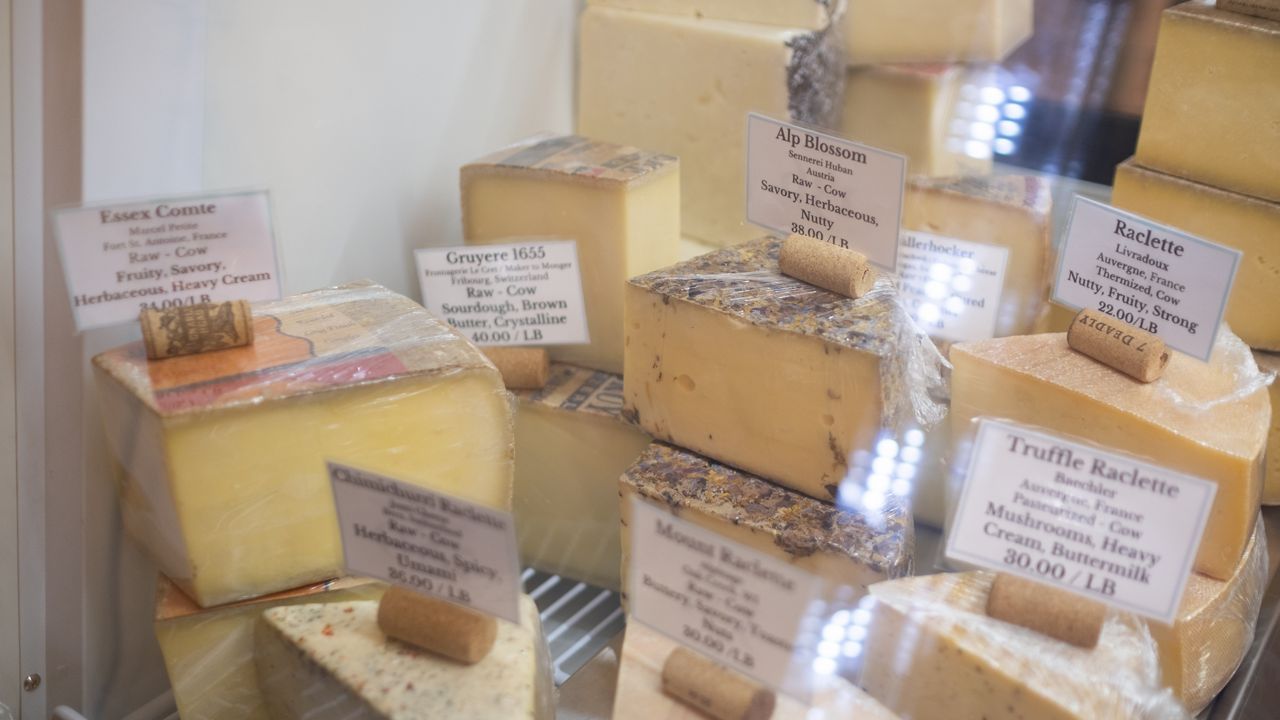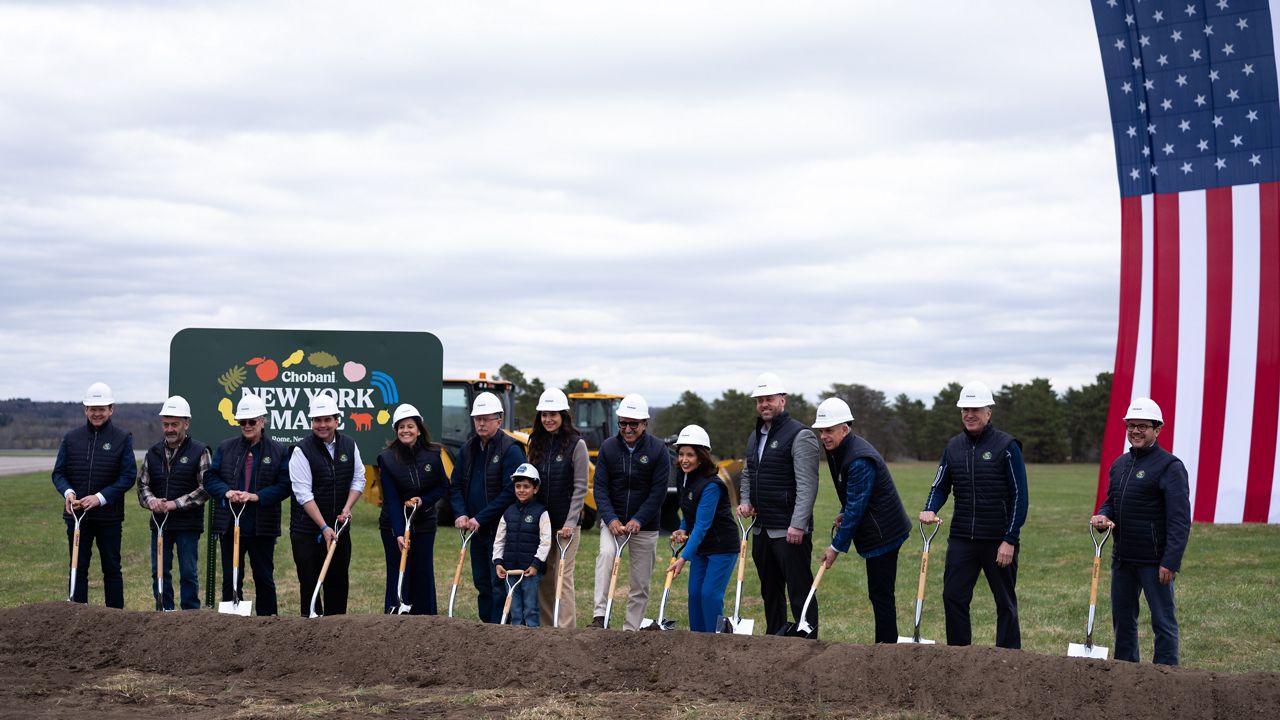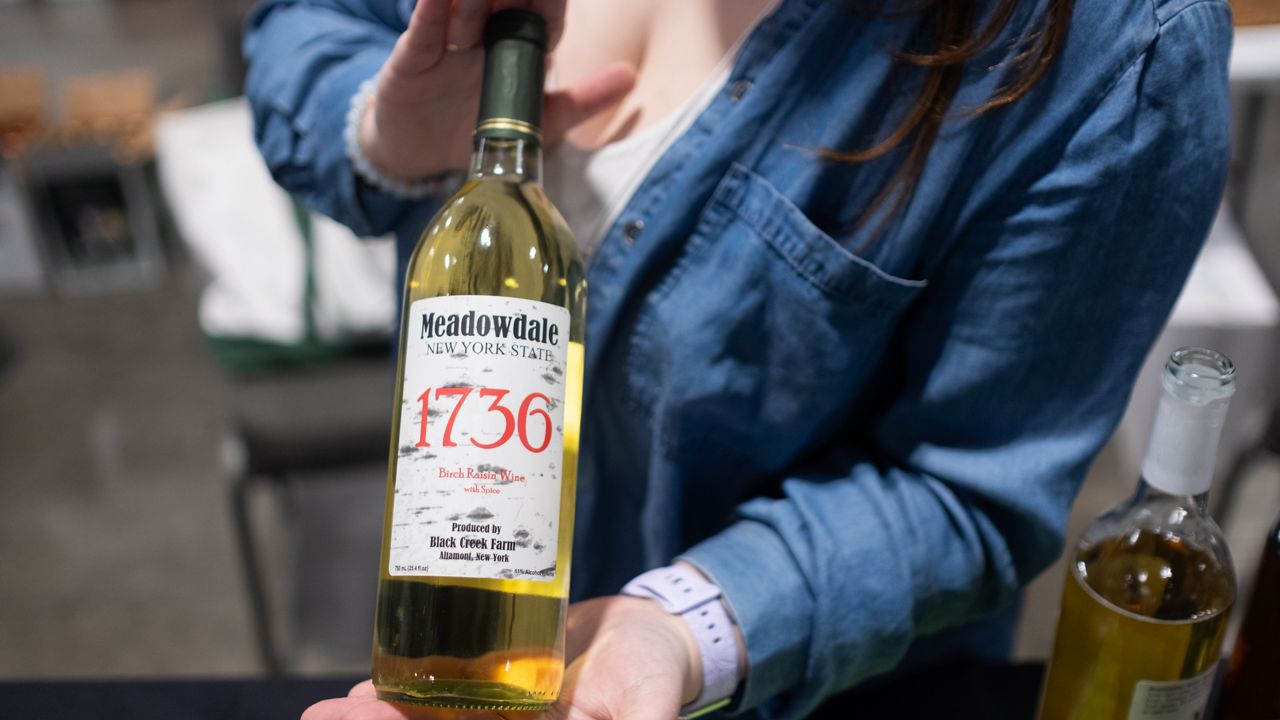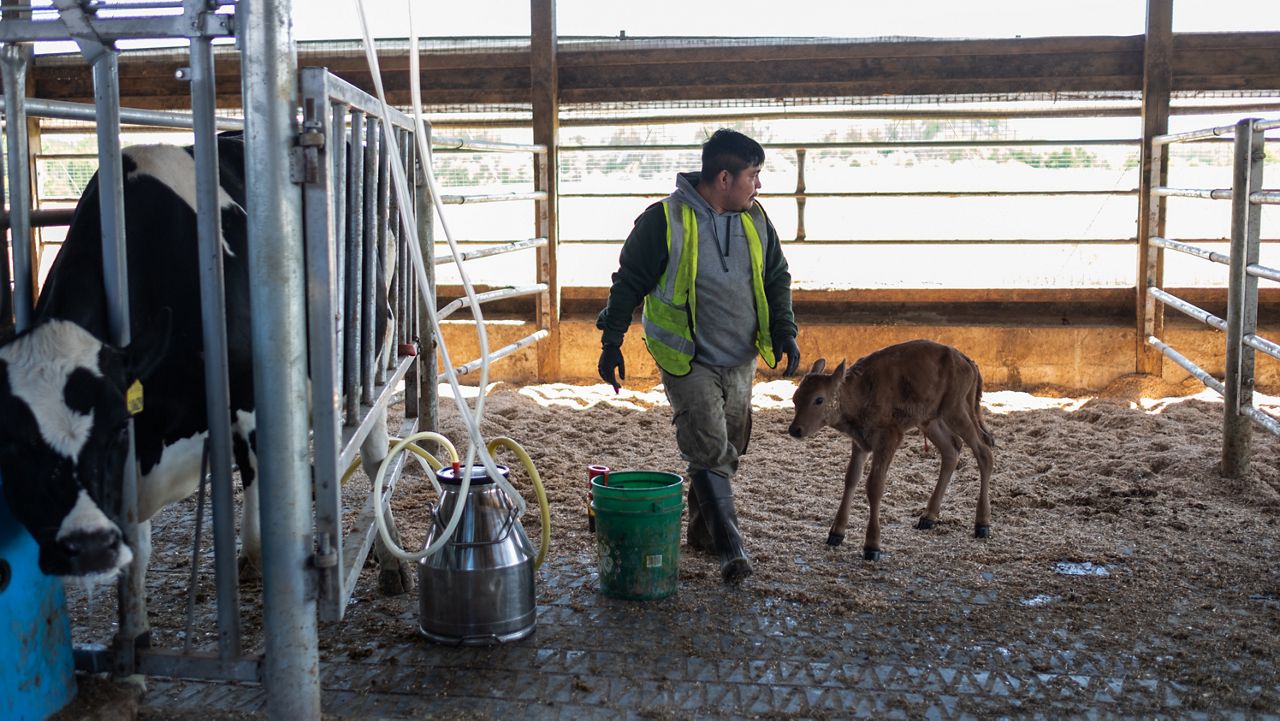New York state will evaluate their plans for monitoring highly pathogenic avian influenza (HPAI), in raw milk cheeses after Cornell University researchers discovered the virus can survive for an extended period of time.
The research assessed if the H5N1 virus could survive in cheeses made from raw, unpasteurized milk throughout the aging process, said Diego Diel, a professor of virology at Cornell University’s Animal Health Diagnostics Lab. The Food and Drug Administration requires a minimum of a 60-day aging process for raw milk cheeses. Diel’s team found the virus survived past that period of time, but pH levels of the milk play a role in whether the virus is active.
“Our results show that the virus survives in a pH-dependent manner so when cheeses are made with milk at pH 6.6 and 5.8 the virus does survive throughout the cheese-making process and the aging process. However, when the cheese is made with pH 5 [milk], that inactivates the virus,” he said.
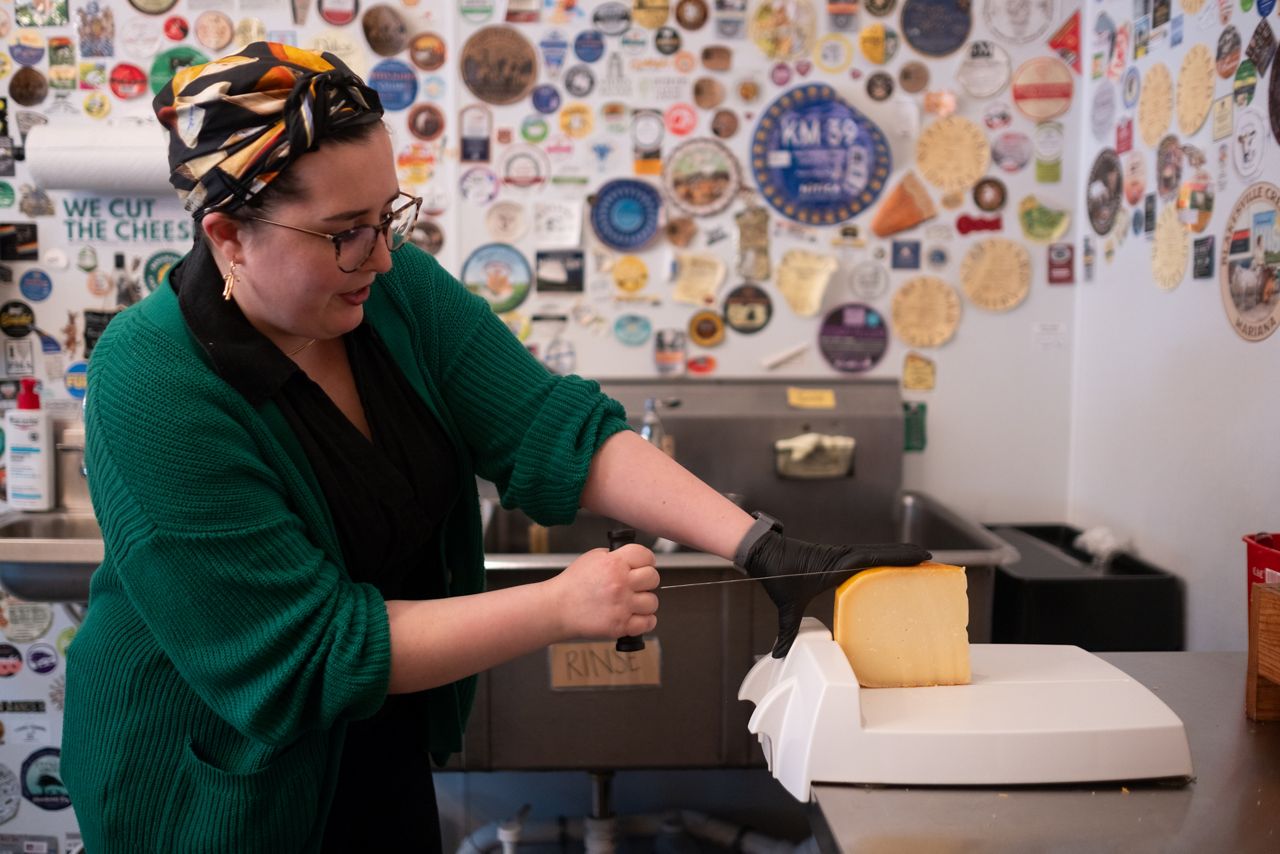
Currently, there’s no widespread method of testing raw milk cheese before it's distributed.
The researchers ran two sets of tests, the first on cheese made with raw milk that they spiked with the virus and the second on commercial raw milk cheese that was made with milk found to be contaminated with the virus.
One question they are still working to answer is if people can become infected with HPAI by consuming cheese that is found to be contaminated, Diel said.
“We are going to do follow-up animal studies with these cheeses to assess whether animals could be infected following the ingestion of the contaminated cheese,” he said.
The New York Department of Agriculture and Markets is working with the U.S. Department of Agriculture, FDA and other federal agencies to develop a strategy to test milk used to make raw milk cheeses. “Working with our federal and industry partners, we remain committed to first and foremost ensuring the health and safety of consumers and providing the dairy industry the support they need to navigate these challenging times related to HPAI,” Commissioner of Agriculture, Richard Ball said in a press release.
To date, there has not been any HPAI detected in raw milk cheeses available to consumers in New York. The FDA says that raw, unpasteurized milk can carry dangerous bacteria such as salmonella, e. coli and listeria and drinking raw milk poses a risk.
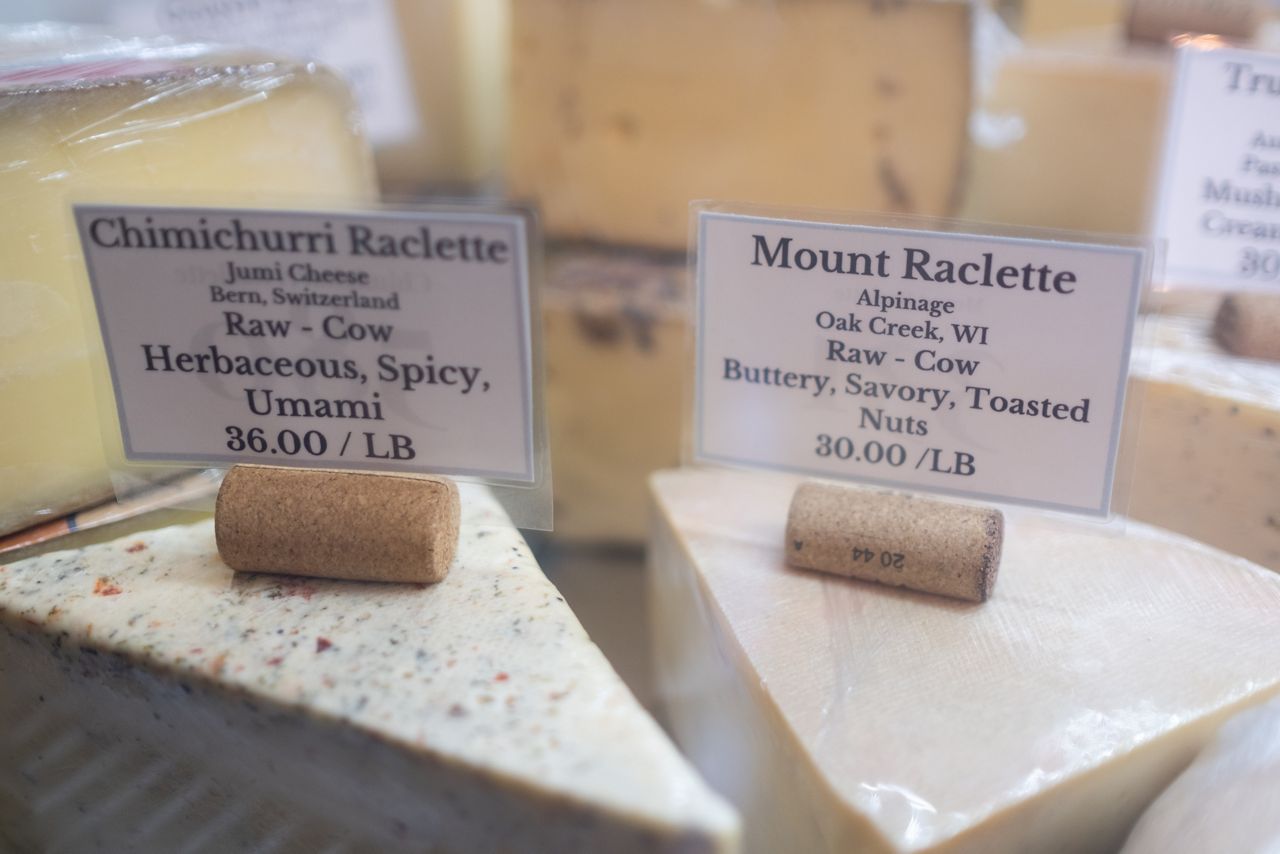
“Raw milk cheese is made from raw fluid milk, which is one of the USDA’s and FDA’s most dangerous food products,” said Sarah Simiele, cheese monger and owner of The Curd Nerd in Syracuse. “It requires a lot more labor and handling to work with. It is a volatile liquid.”
The Curd Nerd is an artisan cheese shop that sells a variety of local and imported cheeses, as well as other products. Simiele said about 40% of the cheeses in her case are made with raw milk.
“We haven’t quite figured out how to late-stage test for avian flu in cheese production because oftentimes the tests that we have to do are for things like listeria, e. coli and things like that. This is a new one,” Simiele said.
The 60-day aging rule from the FDA was designed to be a safety measure because other types of bacteria aren’t able to survive past that period, she said. Additionally, when the fluid milk is tested, the viral load could increase between that time and the two-month period it takes to make the raw milk cheese, Simiele said.
“What this essentially means is that cheesemakers will have to make their product, age it for 60 days and then still potentially have to scrap all of that product. That’s labor, time, money. It’s a waste of milk at the end of the day. It’s not just labor for people, it’s labor for the livestock too,” she said.
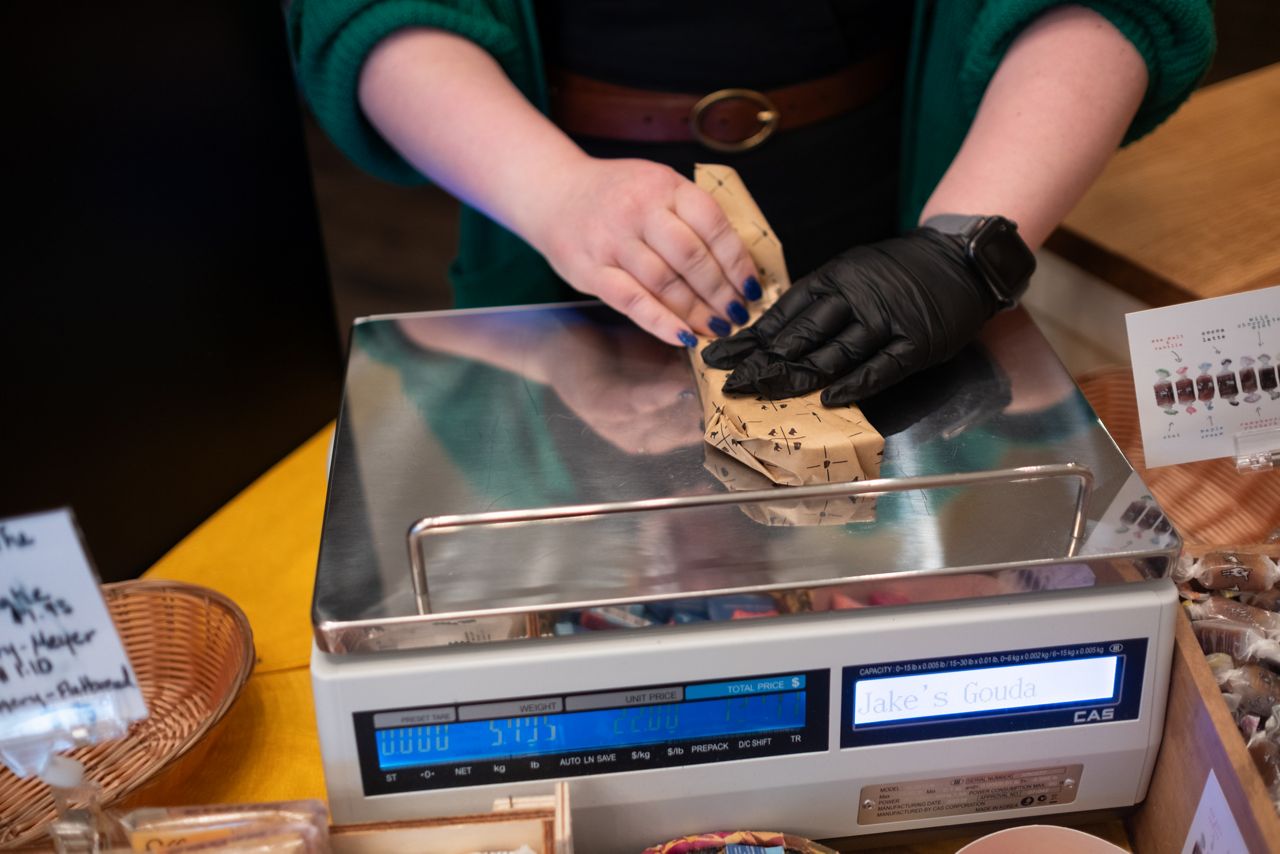
Despite concerns around raw milk and the avian flu, Simiele said she trusts the producers she works with and would never sell any products that could potentially get someone sick.
“We often try to have a pasteurized and raw version of products at once so people can try the pasteurized cheddar and a raw milk cheddar,” she said.
The flavor of the two types of cheese can vary, Simiele said.
“Raw fluid milk is like the greatest example of taste of place. It tastes like what cows are eating,” Simiele said. “There is some volatility to it so I don’t think it’s something everyone should just have unfettered access to. I think there are reasons we have control points around it, but the reason cheesemakers opt to use raw fluid milk is it better shows their farm, their area and what they’re doing.”
Cheesemakers that use pasteurized milk have a different set of skills that includes knowing what cultures to add back to the milk and adjusting it post-pasteurization, Simiele said.





